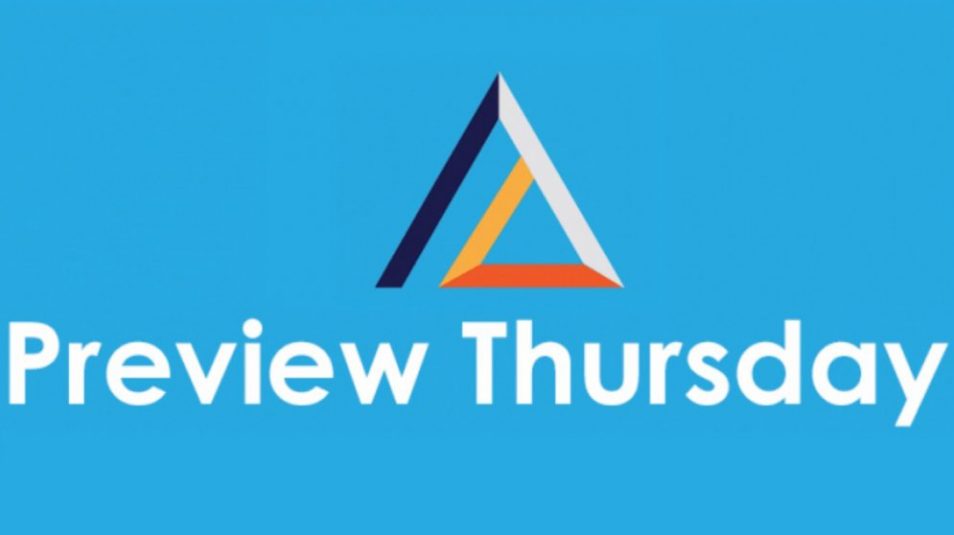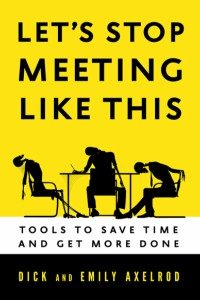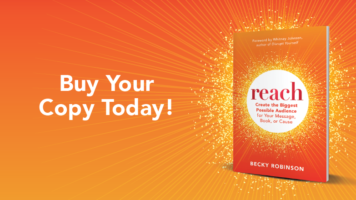Preview Thursday: Let's Stop Meeting Like This

Best of Books
February 15, 2018
WI Admin
Topics
employee engagement, meeting facilitation, Preview Thursday, productivity, Team productivityThe following is an excerpt from Let's Stop Meeting Like This.

Changing meetings from time wasting to time valued, from energy sapping to energy producing, requires a different approach to designing, leading, and contributing in meetings. It means a change in direction. It means making new choices. We invite you to learn how to:
- Transform meetings into productive work experiences using the same work design principles that transformed factory work and made video games engaging
- Identify the habits that work for and against energy-producing, time-valued meetings
- Identify the critical choices that meeting designers, leaders, and contributors make that transform meetings into productive work experiences
- Create a meeting environment where everyone puts their paddle in the water
In the United States alone, there are 11 million meetings daily (Koehn 2013). All of us are spending more time in meetings than we did five years ago, and this trend is expected to continue (Lee 2010).
You put a lot of time and effort into meetings. The problem is that the effort is often misplaced. Any meeting includes three basic roles: leader, contributor, and facilitator. In some cases, a person with a formal organizational role may have the same role in the meeting. For example, the formal organization leader may be the discussion leader, or an HR person may be the facilitator. But it doesn’t have to be that way. Any meeting participant can lead the discussion, contribute, or facilitate the discussion.
Having one of these roles is not the same as effectively performing that role. Some leaders, contributors, and facilitators can actually work against the success of a meeting.
No matter what role you play in a meeting, how you show up in that role is critical to the meeting’s success.
Here are two examples. Our colleague Barbara Bunker is one of the most sought-after committee members at the University at Buffalo because in every meeting she attends, she invests in the meeting by asking herself what she can do to ensure the meeting’s success. If note taking is required, Barbara takes notes. If helping to resolve a conflict is required, she helps resolve the conflict. If the task is making sure everyone has a voice in the discussion, then that is what she does. Barbara’s investment helps ensure the meeting’s success.
Our editor, Steve Piersanti, takes a different approach. Prior to a meeting, he works to become a beneficiary by reviewing the agenda and asking himself two questions: “What can I contribute?” and “What can I gain?” His answers to these questions prepare him to be an active meeting participant. He answers the question, “Who am I here for?” by saying, “I’m here for myself and I’m here for others.” By contributing to the success of the meeting, Steve makes sure he is there for the larger group. By figuring out what he can gain, he makes sure that he meets his own needs.
In both cases, Barbara and Steve plan not just for the meeting but how they will show up in the meeting. They take responsibility for ensuring that the meeting is worthwhile, not just for themselves, but also for everyone present.
Barbara and Steve provide great examples of how you can invest in and benefit from a meeting. Being an investor in the meeting’s success means choosing to work for the good of the whole. Being a beneficiary requires you to work toward creating value for yourself. Together they are a powerful combination.
How are you going to invest in your next meeting?

 An executive coach, Emily, with Dick, created the Conference Model®, an internationally recognized high involvement change methodology.
An executive coach, Emily, with Dick, created the Conference Model®, an internationally recognized high involvement change methodology.
A guest lecturer in organizational change at Benedictine University, Emily also coached participants in University of Chicago's Leadership Arts Program.
Together, Emily and Dick are frequent keynote speakers, and co-authors. Their latest book is Let’s Stop Meeting Like This: Tools to Save Time and Get More Done (2014).
From Self Leadership and The One Minute Manager, copyright © 2005, 2017 by Polvera Publishing, Susan Fowler, and Laurie Hawkins. All rights reserved. Do not duplicate.






